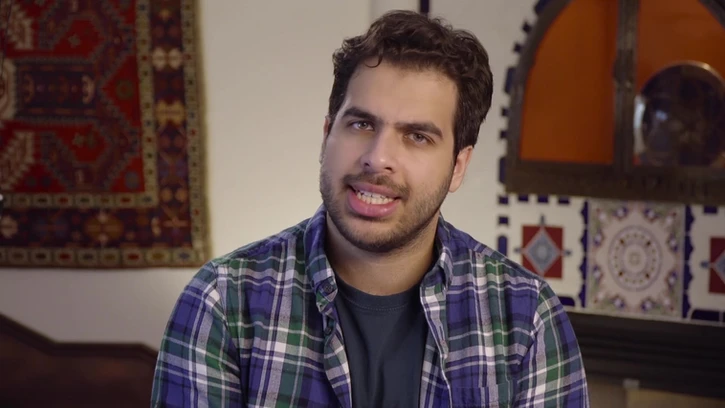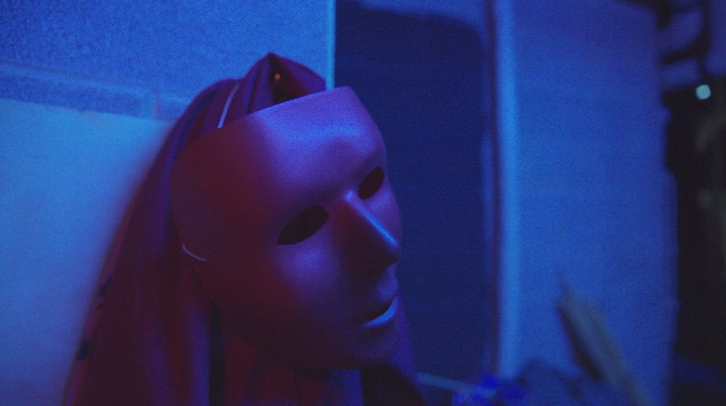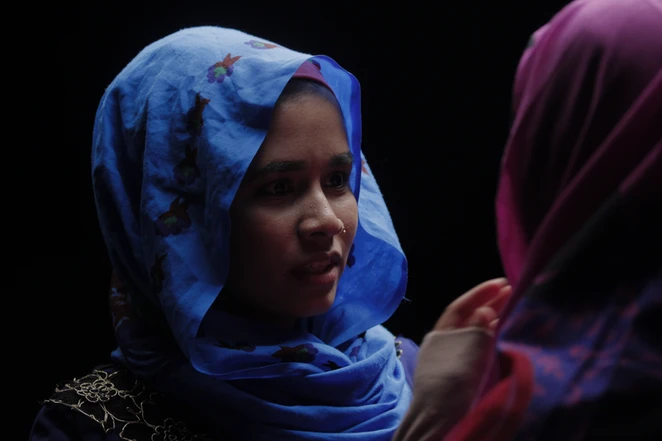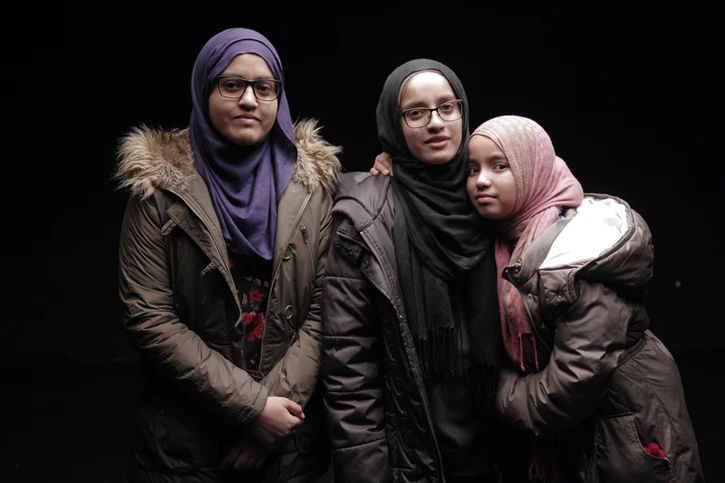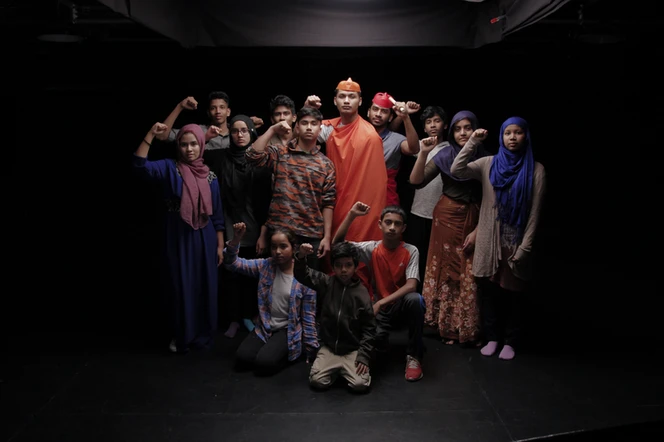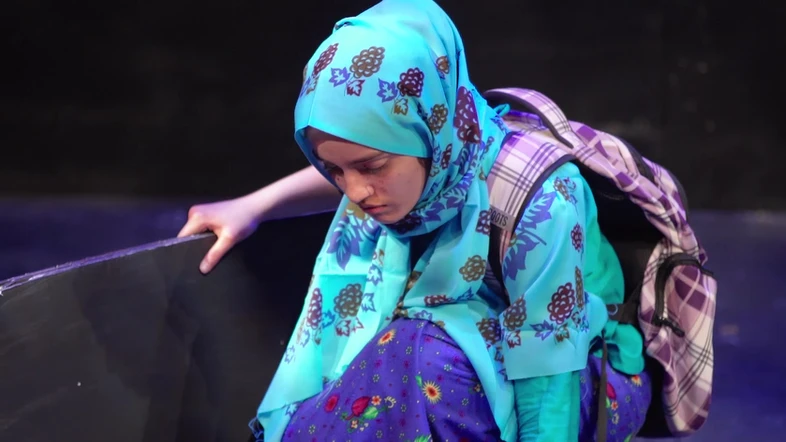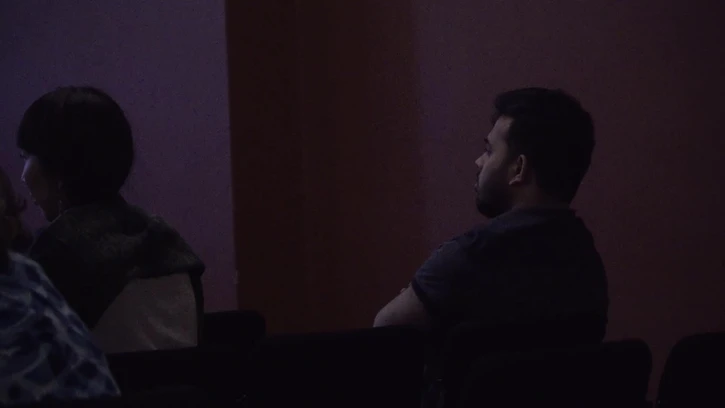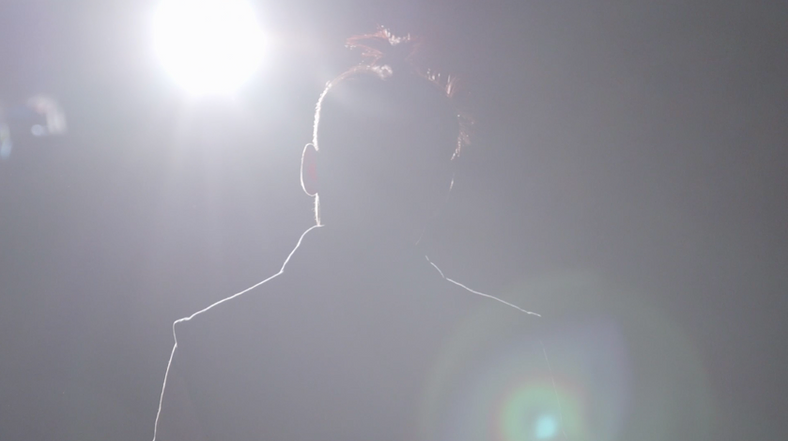I Am Rohingya: A Genocide in Four Acts
I Am Rohingya: A Genocide in Four Acts chronicles the journey of fourteen Rohingya youth who take to the stage in order to depict their families’ harrowing experiences in Burma and beyond; before, during, and immediately after the escalation of military violence in their native Rakhine state; their unforgiving escape by foot and by boat to makeshift refugee camps in Bangladesh; and their eventual resettlement in the unfamiliar Kitchener-Waterloo, Ontario.
There, the children resolve to raise awareness for a conflict that has increasingly resembled a cruel and systematic ethnic cleansing campaign. With no prior acting experience, the decision to re-enact the stories of their people becomes a courageous act of resistance, demonstrating to the world that they will not be erased, and they will not be silenced.
Violence. Murder. Crisis. Stateless. Refugees. Genocide. The most persecuted people on Earth.
I Am Rohingya: A Genocide in Four Acts is a powerful documentary that chronicles the journey of fourteen Rohingya youth who take to the stage in order to depict their families' harrowing escape from Burma. With no prior acting experience, the decision to re-enact the stories of their people becomes a courageous act of resistance, demonstrating to the world that they will not be erased, and they will not be silenced.
Cast
Parvin Aktar
Yasmin Akter
Jannatara Bergum
Anamul Haque
Faisal Mohammed
Jaber Mohammed
Rasel Mohammed
Sohel Mohammed
Nasima Parvin
Mohammed Rafiqu
Ruma Ruma
Abdu Salam
Ahmed Ullah
Directors
Yusuf Zine
Kevin Young
Cinematographer
Kevin Young
Exec. Producer
Jamaal Azeez
Music
Blue Dot Sessions
Special Thanks
Inter Pares
City of Kitchener-Waterloo
University of Waterloo
Renison University College
The LaunchGood Community
Bulbulia Law
Canadian Rohingya Development Initiative
CBC KW
Muslim Link
Muslim Social Services KW
FAQs
WHO ARE THE ROHINGYA?
The Rohingya are an indigenous ethnic minority in Burma (Myanmar) mainly residing in the country’s Rakhine State.In 1982, the Burmese military government introduced a law stripping the Rohingya of their citizenship and identity. Since then, the U.N. has branded them as “the most persecuted minority in the world.
WHAT IS HAPPENING TO THE ROHINGYA IN BURMA (MYANMAR)?
For decades, the Rohingya have been subject to state-sponsored ethnic cleansing and genocide at the hands of the Burmese military and security forces; the U.N. has reported thousands of cases of murder, sexual violence, torture, and other grave human rights abuses. In 2017, escalating violence forced over 700,000 Rohingya to flee to Bangladesh, approximately 400,000 of which are children living in makeshift shelters at risk of flooding and landslides. Repatriation of the Rohingyas in Bangladesh is being discussed, but until their citizenship and rights are reinstated and protected, it will not be a safe return.
WHO IS AUNG SAN SUU KYI?
Aung San Suu Kyi is the de-facto leader of Burma and the country’s first democratically elected leader, lauded as the face of humanitarianism and democracy for a country long-ruled by the military. Though a recipient of the 1991 Nobel Peace Prize, she has been staunchly dismissive of the human rights violations in Burma, claiming that ethnic cleansing is not taking place and even decrying numerous accounts of sexual violence as “fake”. While Suu Kyi’s party may not have full control of the government, they do have control over five ministers that are directly involved in denying and legitimizing the persecution of the Rohingya.
WHO ARE THE CHILDREN IN I AM ROHINGYA?
The cast of the film is comprised of fourteen Rohingya refugees who were born in refugee camps in Bangladesh. Ranging from the ages of 8 to 22 at the time of filming, they came to Canada between 2008 and 2010 as refugee claimants. In the summer of 2015, they met with director Yusuf Zine to produce a play re-enacting their families’ experiences in a live theatre performance.
WHY TELL THEIR STORIES THROUGH THEATRE?
Feeling frustrated and unheard, the children all wanted a new platform to raise awareness for the Rohingya crisis and tell their stories; the re-enactments in the film are purely based on their parents’ and their own memories. While the intention here is to depict the overall experiences of the Rohingya community at large, the re-enactments are rooted in the subjectivity of the cast, including the artistic elements intended to theatricalize these stories.
For example, the performers in Burmese Buddhist robes are not intended to generalize all Buddhists as violent, but to instead invoke a reference to nationalist, extremist monks responsible for much of the hate speech aimed at the Rohingya. The masks they wear are inspired by a traditional Japanese theatre genre known as Noh, where the actors would cover their faces and instead use their bodies to express emotion. The masks are also used to silence the radical, extremist monks and prioritize the voices of the Rohingya characters.
WHAT CAN I DO TO HELP THE ROHINGYA?
One of the most important things you can do to help is to listen to the stories of the Rohingya; for years, the global community has failed to do just that. By listening you help validate their existence and their struggle, which their oppressors continue to try and deny. To donate, you can visit several charities doing incredible work in the refugee camps in Bangladesh, where the Rohingya lack basic food, water, and medical aid.
Some of these organizations include: the UNHCR, Doctors Without Borders, World Food Program, BRAC, Action Against Hunger, UNICEF, and Islamic Relief. You can also call or message your local member of parliament, senator, or representative to question them on what your government is doing to condemn violence and support the Rohingya refugees.
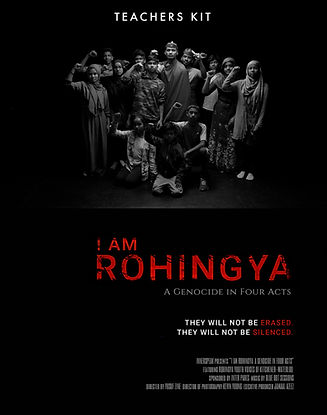
Teachers Kit
Our free-to-download teachers kit was designed to equip educators with the tools and context necessary to facilitate productive discourse in elementary, secondary, and post-secondary classrooms, including:
-
An overview of the Rohingya Crisis,
-
Additional background on the play and cast of the film,
-
An expanded introduction to ethnographic theatre,
-
A comprehensive discussion guide, and
-
A breakdown of pre- and post-screening exercises
Our goal with I Am Rohingya: A Genocide in Four Acts was always twofold: to bring attention to the long-ignored voices and experiences of the Rohingya people, and to foster broader conversations about the value of arts-based solutions for marginalized communities.
Hosting a screening of our film is great way to launch those conversations within your own communities, and we offer several different options for organizations and institutions looking to participate in crisis awareness and/or arts advocacy.





